There is a quote by artist and professor Joan Semmel that says, ‘…if there are no great celebrated women artists, that’s because the powers have not been celebrating them, but not because they are not there.’
Celebrating women artists is more than just about amplifying the voice of the artists themselves, but also about reorienting the way a culture, a community, or a society is perceived and interpreted. The neglect and dismissal of the “woman’s perspective” has been persistent over history, and women’s views or forms of expressions were always regarded as personal rather than political, as domestic rather than public, and as quiet rather than loud.
Yet the political, the loud, and the public expressions break the cycles of oppression and injustices in any society. The power of art is that it can be anarchistic – it disregards rules, power and authority and allows the artist to bring to light the issues and taboos that are usually deeply hidden behind the layers of oppressive systems.
Born to a Kuwaiti father and a Syrian mother, mixed-media interdisciplinary artist Shurooq Amin’s 2012 series “It’s a Man’s World” is still relevant to this day, as it explores the layers of a patriarchal society and the other side of Middle Eastern society: men. As the first Kuwaiti female artist to show her work at the Venice Biennale, and the first Kuwaiti to be nominated for the prestigious Pushcart Prize in 20017, Amin’s main purpose is to drive positive change in society and to speak openly about social issues using symbolism and motifs.
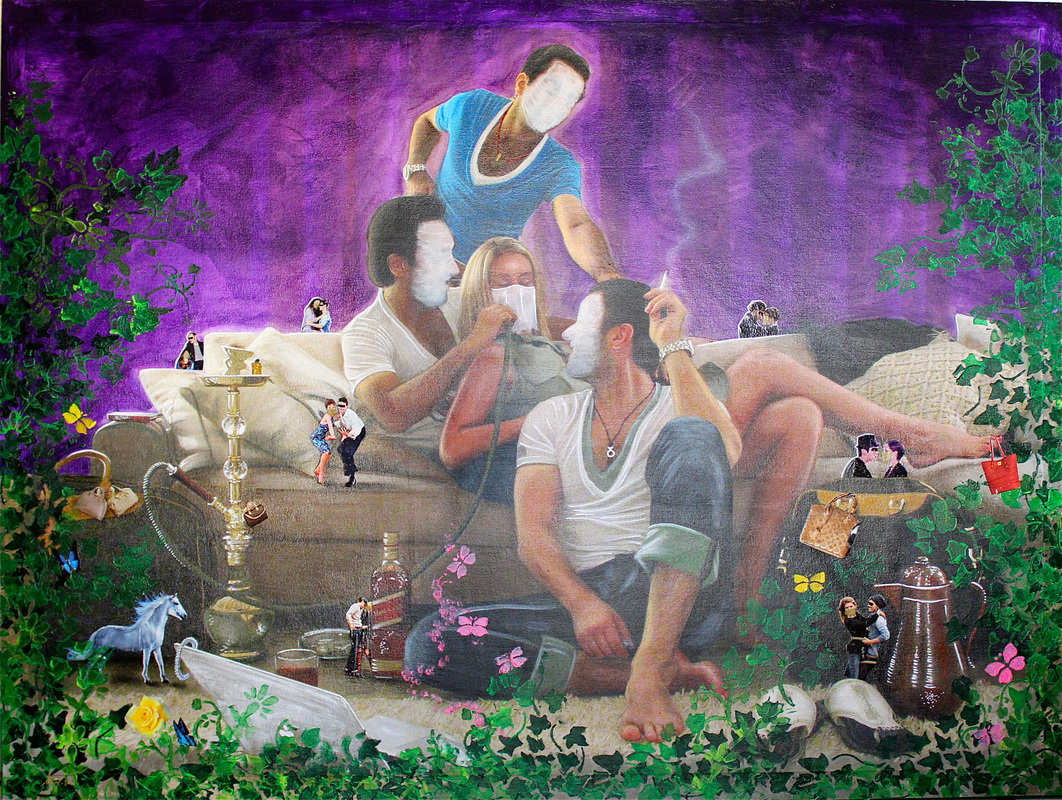
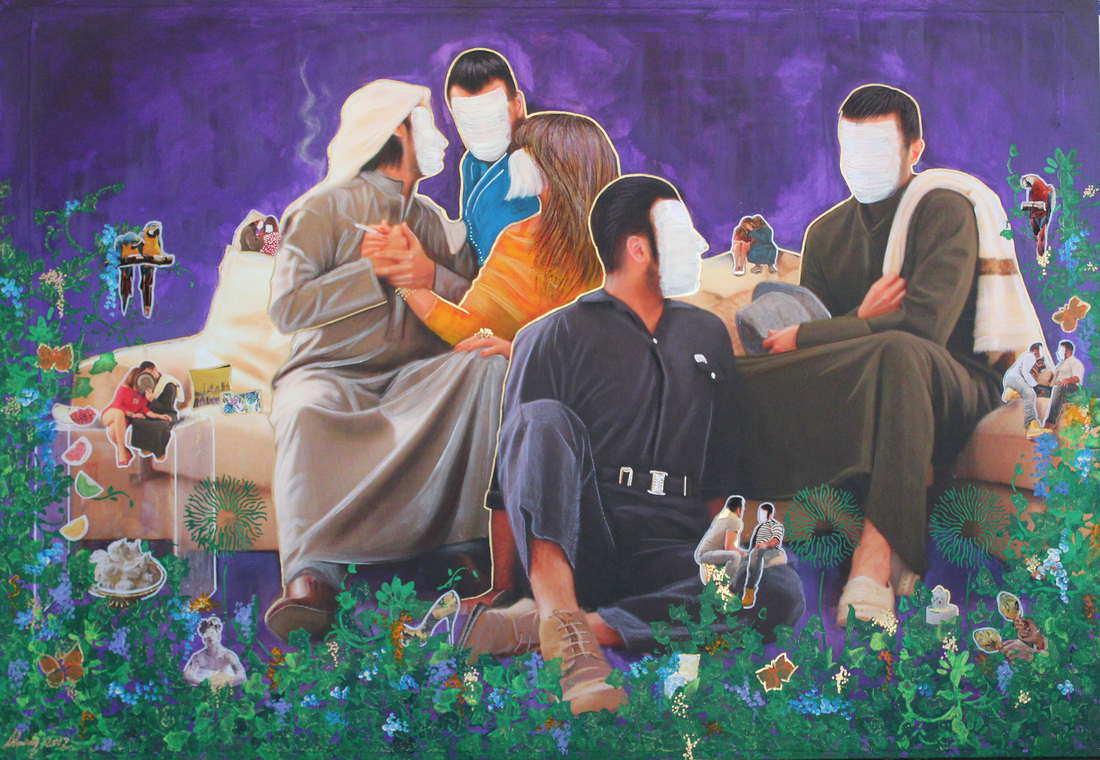
“If you study the paintings, you will find that some are more intricate with their nuances than others; for example, in It’s a Man’s World, the painting I Like Him I Like Her is clearly about bisexuality and fluidity in the Arab world, but on closer inspection it is also about adultery, inter-racial relationships, and the hypocritical nature of life for men in a modern Muslim society,” she says.
In 2012, Amin’s exhibit for ‘It’s A Man’s World’ was shut down by Kuwaiti authorities who deemed the artworks “inappropriate”, and also claimed that the paintings were “pornographic” and “anti-Islamic.”
Though the exhibition was shut down, the issues and taboos that the artwork explored and mirrored continues to exist and live on to this day. The ‘world of men’ depicts images that portray the dichotomy of the Arab man: religious preacher versus weekend alcoholic; political activist versus weekend party-goer; conservative father versus playboy; environmentalist versus smoker.
“I address the current political dilemma and parody the concept of merging religion with politics; such a society cannot exist without double standards, hypocrisy, and secret private lives. This hypocrisy, of course, as explored in my previous series Society Girls, is not the sole possession of men in the Middle East. After all, we are, by the very nature of our traumatized culture, a society that cannot exist without this hypocrisy,” Amin says.
However, the purpose is not to impose judgments or make assumptions about what is right or wrong. Art is meant to reveal the paradoxes, ironies and hypocrisies that surround us, and to try to fully understand the interconnection of different themes.
“They may paradoxically be viewed as celebrations of life and stolen freedoms amidst hopelessness. My characters are taking their rights and, because human nature is what it is, they are taking them to the extremes, because that’s what people do when they are forbidden from something. The paintings merely serve as a mirror reflecting two paradoxical societies co-existing, utilizing socio-cultural images as socio-political tropes,” she says.

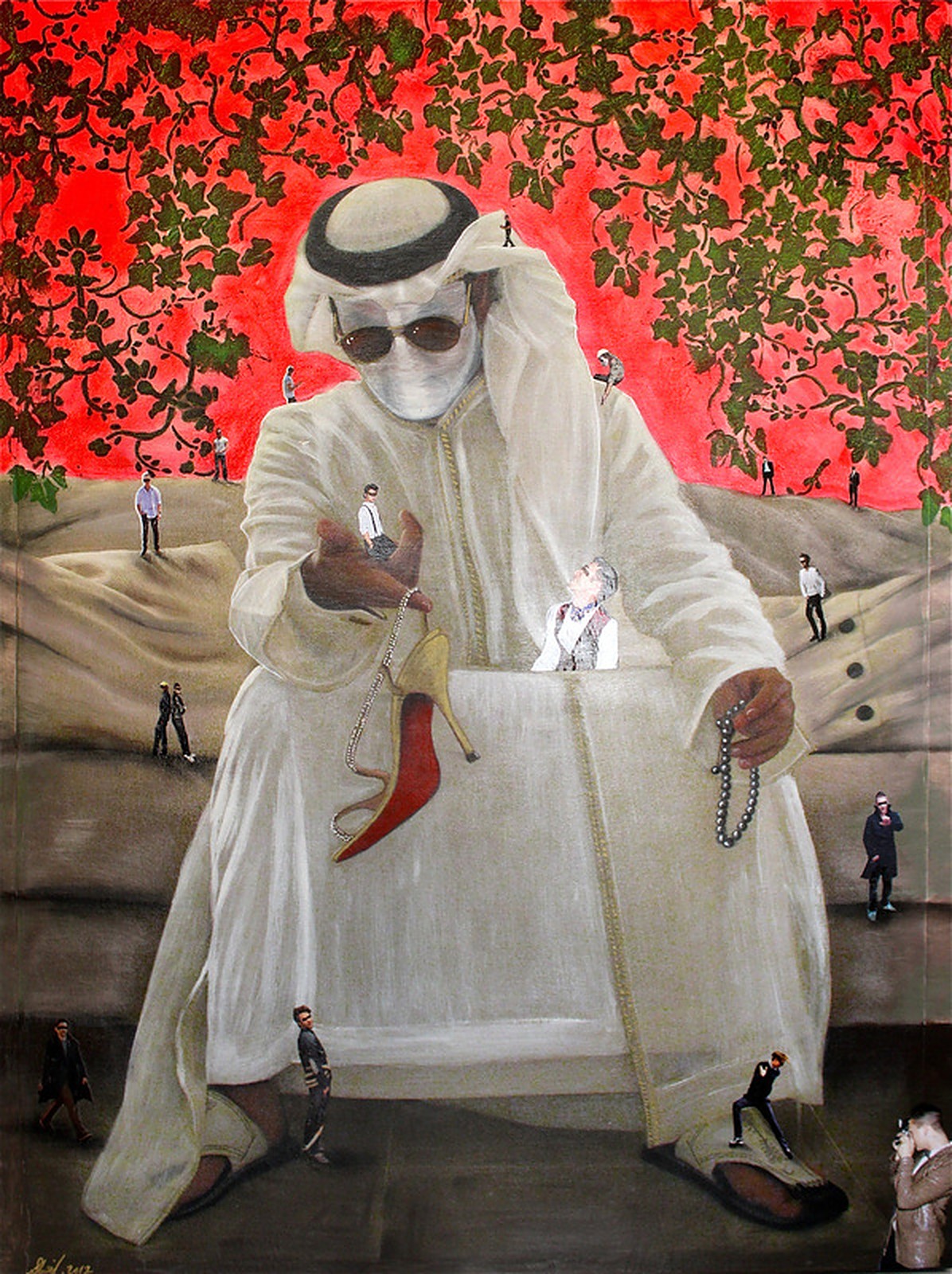
In 2020, Amin’s solo exhibition entitled “Like Russian Dolls, We Nest in Previous Selves” was also shut down by Kuwait’s authorities. Though the characters in her 2012 series ‘It’s a Man’s World’ all wore masks, the 2020 exhibition removed these masks and breathed new life to her characters, where they were willing to freely express themselves.
Yet, it can be said that the journey from the 2012 series to the 2020 series uncovers more questions than answers, and symbolizes the peculiar irony of human civilization – no matter how civilized or progressed a society seems to think it has become, it remains trapped in its history and intergenerational trauma. The core question, in this case, that Amin seeks to answer in her artwork is: how far can societies move forward psychologically, mentally, emotionally, and physically, and move beyond the memories of their ancestors, whose identity continues to shape and live inside them despite how much they fight it?
Regardless of what the answer is, what remains clear for now is that it is important to look beyond the “legs” and “bottles”, she says, that are seen in her artwork, as “everything has a symbolic meaning and value within the painting.”
Continuing her journey, Amin is preparing for her next series in 2022, which follows her tradition of a show every 2 years since 1993. “I won’t share the title of the upcoming series yet, but suffice it to say that it will be half acrylic paintings and half NFTs, as I also exhibit my NFTs on Foundation, OpenSea, and Rarible platforms,” she says.



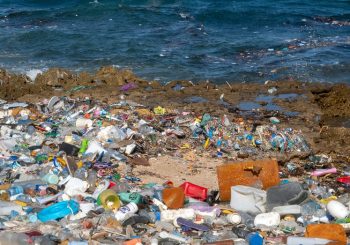
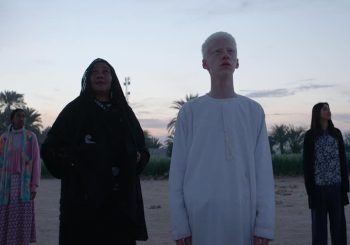
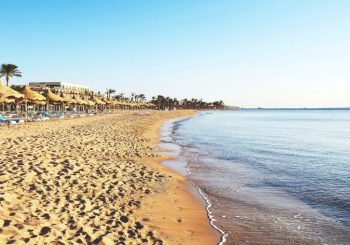
Comments (0)